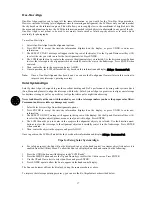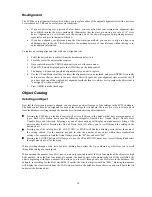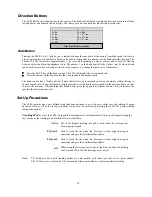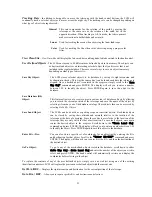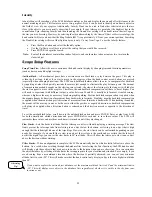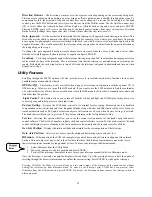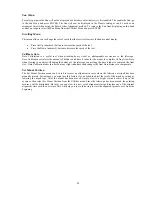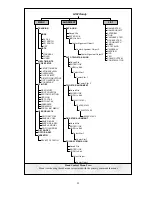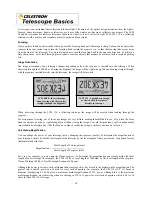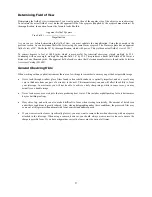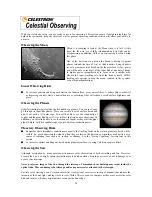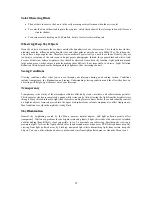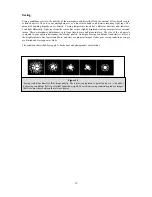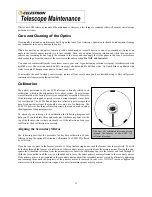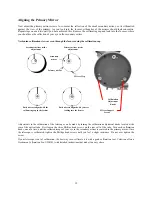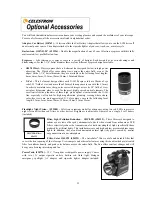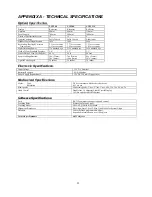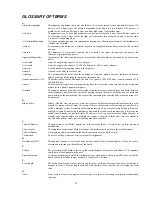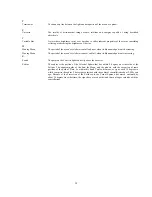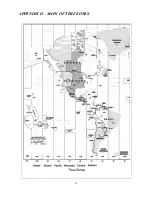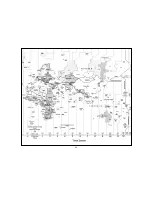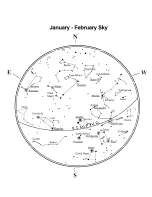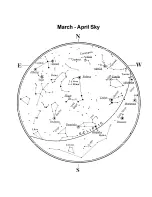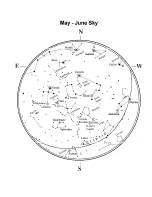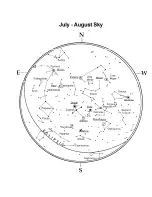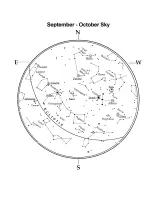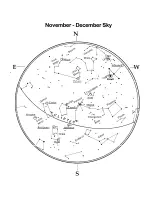
31
While your LCM telescope requires little maintenance, there are a few things to remember that will ensure your telescope
performs at its best.
C
C
a
a
r
r
e
e
a
a
n
n
d
d
C
C
l
l
e
e
a
a
n
n
i
i
n
n
g
g
o
o
f
f
t
t
h
h
e
e
O
O
p
p
t
t
i
i
c
c
s
s
Occasionally, dust and/or moisture may build up on the lens of your telescope. Special care should be taken when cleaning
any instrument so as not to damage the optics.
If dust has built up on the optics, remove it with a brush (made of camel’s hair) or a can of pressurized air. Spray at an
angle to the lens for approximately two to four seconds. Then, use an optical cleaning solution and white tissue paper to
remove any remaining debris. Apply the solution to the tissue and then apply the tissue paper to the lens. Low pressure
strokes should go from the center of the corrector to the outer portion.
Do NOT rub in circles!
You can use a commercially made lens cleaner or mix your own. A good cleaning solution is isopropyl alcohol mixed with
distilled water. The solution should be 60% isopropyl alcohol and 40% distilled water. Or, liquid dish soap diluted with
water (a couple of drops per one quart of water) can be used.
To minimize the need to clean your telescope, replace all lens covers once you have finished using it. This will prevent
contaminants from entering the optical tube.
C
C
o
o
l
l
l
l
i
i
m
m
a
a
t
t
i
i
o
o
n
n
The optical performance of your LCM telescope is directly related to its
collimation, which is the alignment of its optical system. Your telescope
was collimated at the factory after it was completely assembled. However,
if the telescope is dropped or jarred severely during transport, it may have
to be collimated. The LCM 60 and 80 are two refractor type telescopes that
have fixed optical systems that should not come out of collimation. The
LCM 114 however has three collimation screws that can be used to adjust
the alignment of the primary mirror.
To check if your telescope is in collimation the following diagram will
help you. If you look into the eyepiece adapter (without an eyepiece) at the
top of the focuser, this is what you should see. If the reflection of your eye
is off center, then collimation is necessary.
Aligning the Secondary Mirror
The following describes the procedure for daytime collimation of your
telescope using the optional Newtonian Collimation Tool (#94182) offered
by Celestron.
If you have an eyepiece in the focuser, remove it. Using the focusing knobs, rack the focuser tube in completely. You will
be looking through the focuser at a reflection of the secondary mirror, projected from the primary mirror. During this step,
ignore the silhouetted reflection from the primary mirror. Insert the collimating cap into the focuser and look through it.
With the focus pulled in all the way, you should be able to see the entire primary mirror reflected in the secondary mirror.
If the primary mirror is not centered in the secondary mirror, adjust the secondary mirror screws by alternately tightening
and loosening them until the periphery of the primary mirror is centered in your view. DO NOT loosen or tighten the
center screw in the secondary mirror support, because it maintains proper mirror position.
The view of a collimated telescope as seen
through the focuser of the LCM 114
reflector telescope.

